Body art and managing tattoo risks
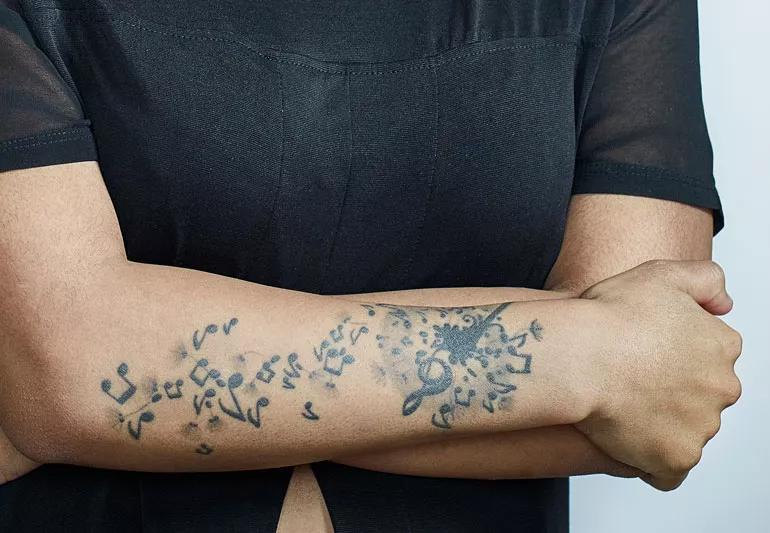
All tattoos tell a story, whether it be something incredibly meaningful or just a spur-of-the-moment decision you had on a random Tuesday.
Advertisement
Cleveland Clinic is a non-profit academic medical center. Advertising on our site helps support our mission. We do not endorse non-Cleveland Clinic products or services. Policy
When you make that decision to get inked, you may not think about the medical risks right away. But if you have diabetes, getting a tattoo may pose unique risks.
“When you have diabetes, you really have to consider the physical consequences of everything you do,” says endocrinologist Shirisha Avadhanula, MD.
To get a tattoo, the skin is pierced between 50 and 3,000 times a minute by a tattoo machine.
“Your skin is a barrier that protects you from infections,” says Dr. Avadhanula. “Getting a tattoo breaks this barrier. A tattoo affects the dermis, or the second layer of skin, because the cells of the dermis are more stable than the first layer, or epidermis.”
Piercing skin at this level poses unique risks to people with diabetes. If your blood sugars are not in good control, your immune system is also affected — putting you at even higher risk for infection and potential difficulty fighting it off. If you have type 1 or type 2 diabetes, you may have a significantly increased risk of developing an infection, too.
Tattooing is under strict hygiene rules from the Food and Drug Administration (FDA) because of this risk of infection. The needles must only be used once and the tattoo artist must wear gloves while doing the work. According to the FDA, among the most severe infections that can be transmitted is hepatitis.
Advertisement
If you have considered the risk, and still want to get a tattoo, remember to do the following:
“By taking the right precautions, you can be sure that you are making an informed decision about tattoos and risks involved when you have diabetes,” she says. “Taking the time to involve your doctor could prevent future problems. Body art is beautiful, but a healthy body is even more beautiful.”
Advertisement
Learn more about our editorial process.
Advertisement

There are better breakfast options, but if it’s got to be cereal, look for whole grains, high fiber and no added sugar
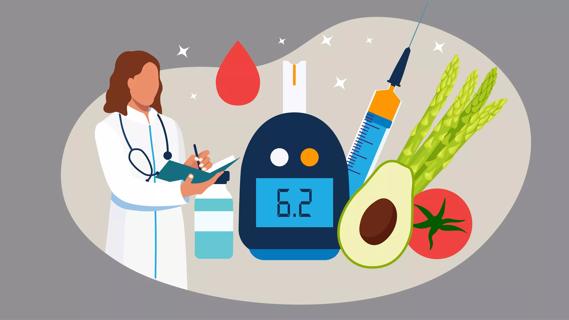
A diabetes diagnosis, new or long-standing, can trigger reactions like grief, stress, depression and frustration, but symptom relief and help are available
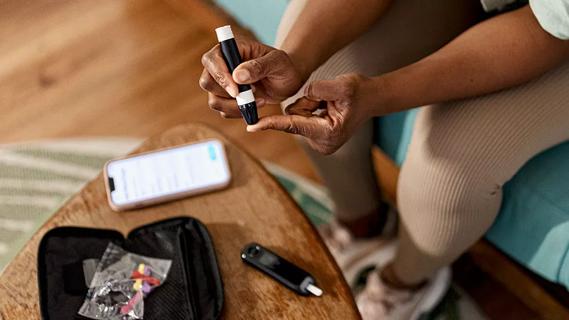
Type 1 diabetes happens when your body doesn’t make insulin, while Type 2 happens when your body can’t use insulin properly

There is an indirect link between the sweet substance and the condition
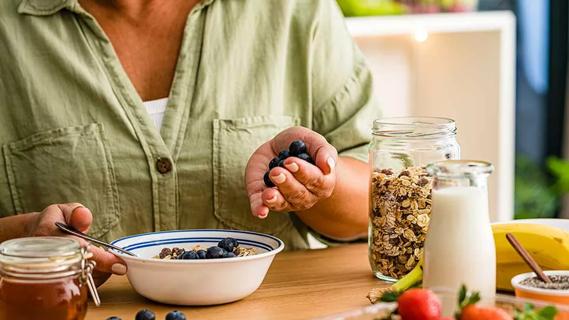
The short answer: Yes, but you need to eat it in moderation and keep track of how much you consume
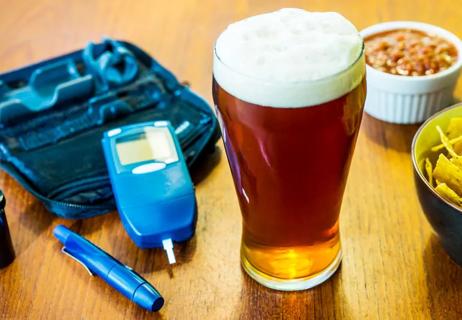
Blood glucose monitoring and drinking in moderation can help you avoid hypoglycemia

Sweet potatoes are great, but sweetened drinks aren’t so great
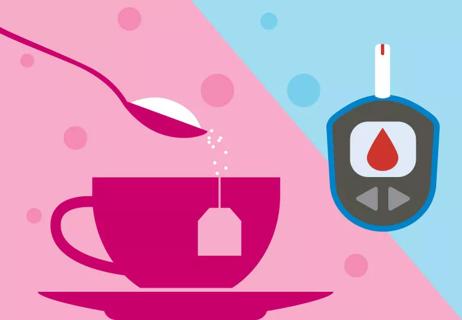
Some sweeteners may have health risks, so it’s best to keep your intake moderate

Type 2 diabetes isn’t inevitable with these dietary changes

Applying a hot or cold compress can help with pain